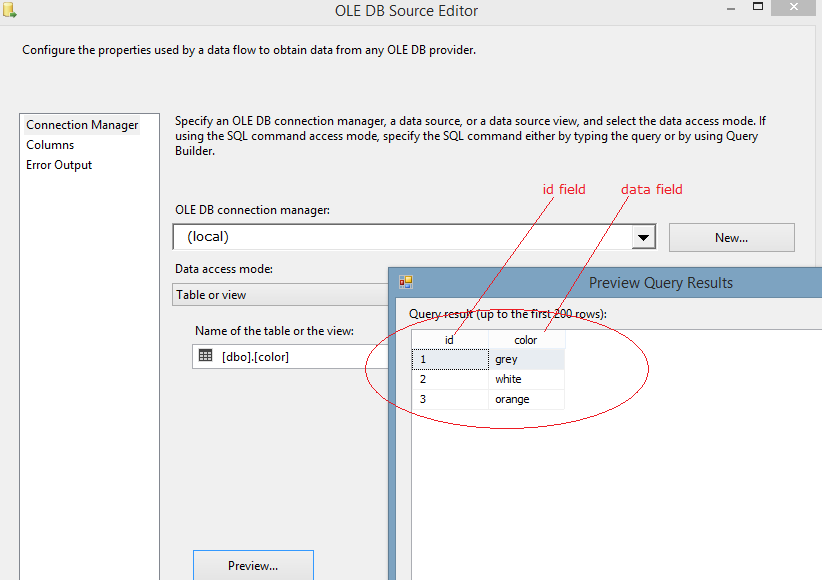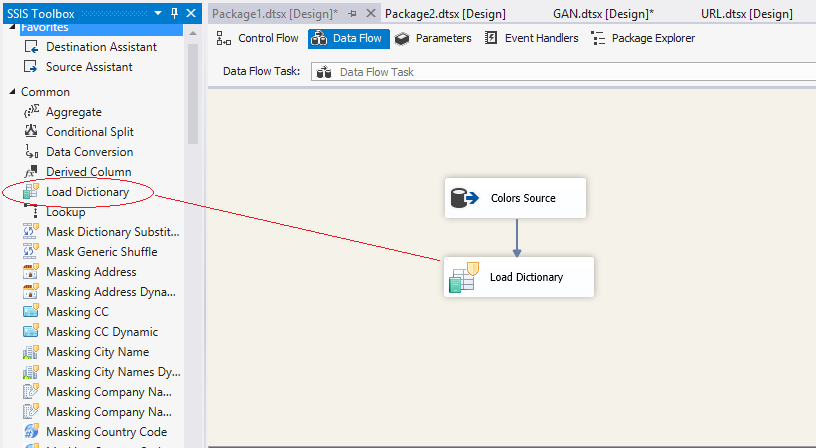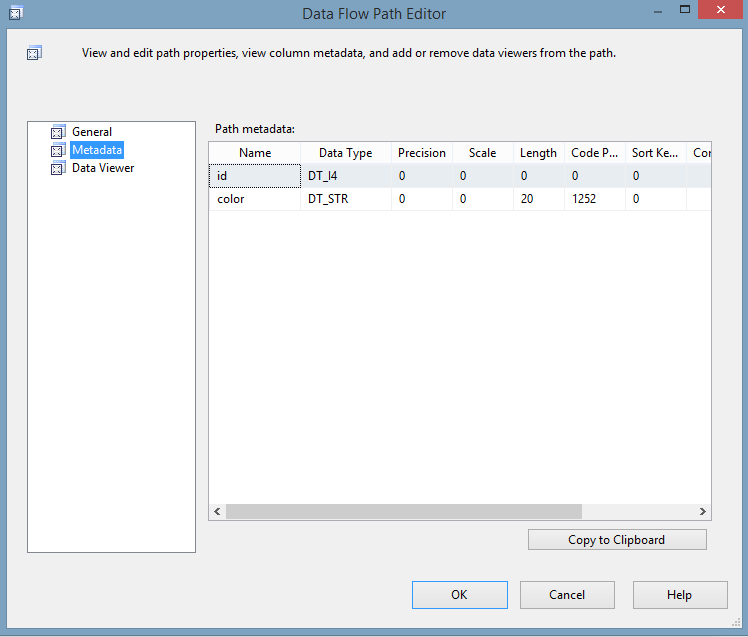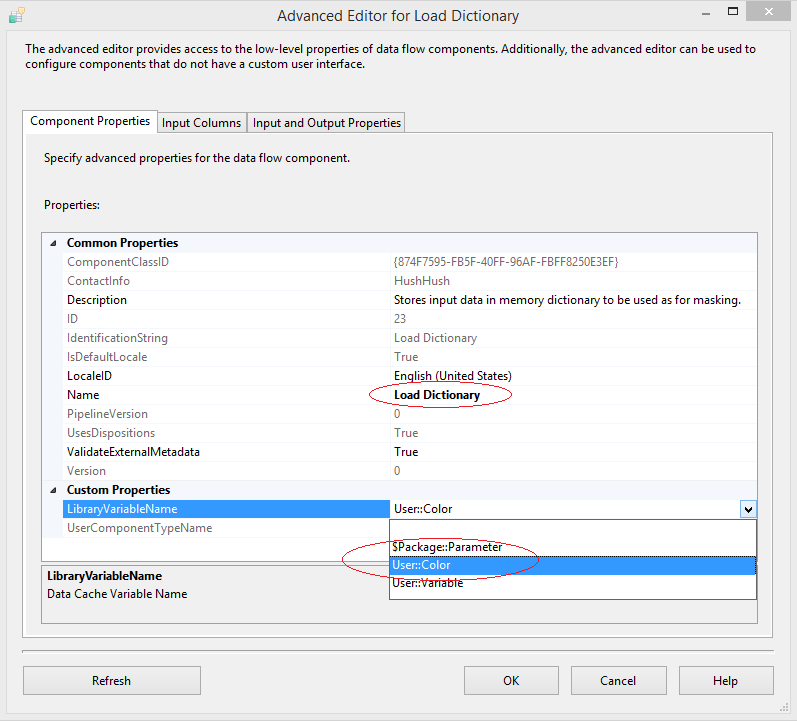e
q
u
e
s
t
a
d
e
m
o < back
Data Masking Components: Load Dictionary
{TOC}
SSIS Load Dictionary Component
API Reference, CLR Reference (links)
Usage Instructions:
Purpose
The purpose of the Load Dictionary component is to create a custom dictionary of values for the later use in Dictionary Substitution component. If the data schema includes certain elements that could not be masked using substitution components with pre-packaged data sets such as names or companies, than this particular component allows to create a set of (key,value) pairs in memory. Dictionary Substitution component picks up the values and replaces them with the substitution algorithm. Examples might include creating sets of "languages" from the language table, or "brands" from the brand table in the database, etc.
Algorithm
While none of the data masking algorithms are applicable, Load Dictionary simply retrieves a data set from the indicated source and makes it available via Object type variable.
Description
 Load Dictionary component retrieves the key and the corresponding data field values from the data source, be it a table in a database or a file, and places the set of (key, value pair) into predefined Object Variable to be later used in Dictionary Substitution Component.
Load Dictionary component retrieves the key and the corresponding data field values from the data source, be it a table in a database or a file, and places the set of (key, value pair) into predefined Object Variable to be later used in Dictionary Substitution Component.
|
API Reference, CLR Reference (links)
Usage Instructions:
| 1. Configure a source that contains the id column and the column you want to create a custom data set from. The picture example is a table of colors with "picture Id" column as an id column and "color" as data value field. |

|
| 2. Drag and Drop Load Dictionary data masking component, and connect the source and the Load Dictionary component. |

|
|
3. Now, the |
 
|
|
4. Now that the metadata for the |
 
|
| 5. In the second tab, there are input columns. Please check-mark only one column, the one that you will be masking with Generic Alpha Numeric algorithm: |

|
| 6. This will create an extra column with the prefix “Masked_”. |

|
| 7. Create a connection manager for the destination and configure source component for the destination. In the connection manager, in the tab “Mappings”, specify that you want newly created Field_Masked to be a field replacing the original value. For that, just click on the available input columns, choose the masked value, and map to the “Available Destination Columns” |

|
| 8. Now, all the configurations are complete for the valid values. You can run the package with the Generic AlphaNumeric Dynamic Data Masking component, and see the results of data masking: |

|
Error Handling
| 9. If, however, there are invalid values in the package's source, one would need to configure error handling. Invalid values are those that are not conforming to the rules of the entity. To handle invalid values, each data masking component has error handling precedence constraint. One needs to create error destination connection and connect red arrow (error handling constraint) with this destination. As the connection is made, one needs to configure the state of failure: “Fail”,”Ignore” or “Redirect”. |

|
| 10. It is recommended that one re-directs the output into the error destination, so that later one be able to analyze and process data for quality purposes. The Generic Alpha Numeric components errors are the only ones not recommended for further processing as it is truly hard to break their format. |

|
| 11. It is our suggestion that with Generic Alpha Numeric component one should not process erroneous data without further analysis at all. |

|
